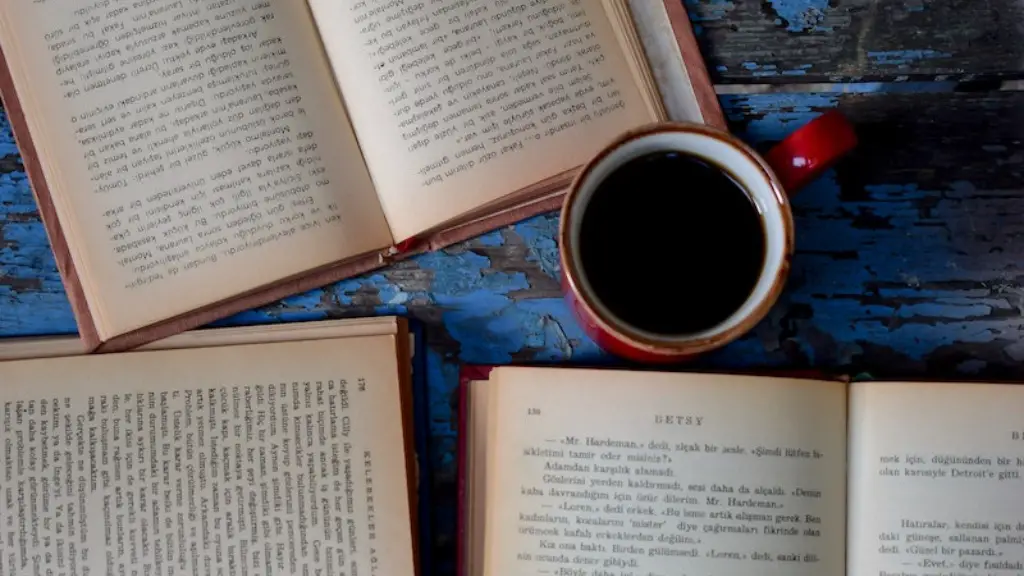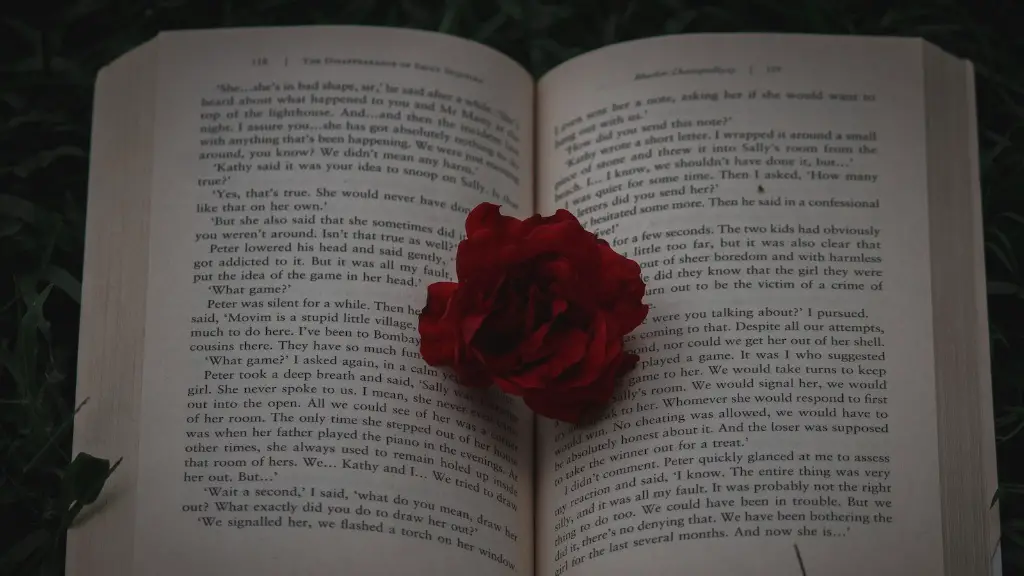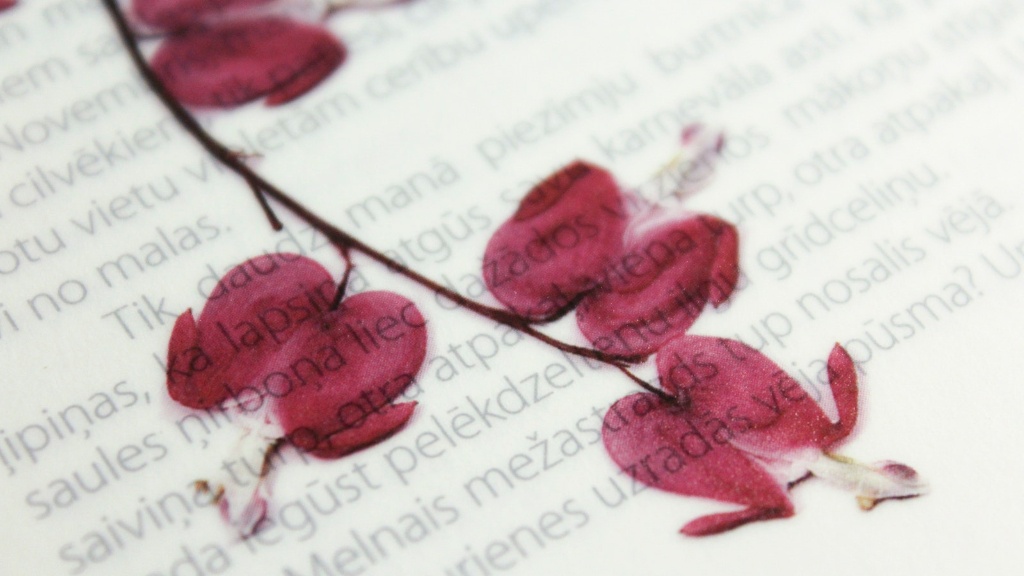Definition of Poetry
Poetry is a type of literature that uses language to create an aesthetic experience. It can be divided into two categories: traditional and modern. Traditional poetry is written using specific form and a standard set of conventions, such as the use of rhyme and meter. Modern poetry is more free form, relying on the message and emotion of the piece rather than rigid structure. Poetry often expresses feelings and ideas in an imaginative and lyrical way.
Types of Poetry
There are many different kinds of poetry, ranging from ancient epics to contemporary haikus. Some of the most popular modern types of poetry include:
- Epics: Long narrative poems that chronicle the lives of heroic figures, such as Beowulf.
- Limericks: Poems that are five lines long and typically humorous.
- Sonnets: Short and often romantic poems that use a rhythmic pattern of iambic pentameter.
- Haiku: Three-line poems that usually focus on nature or other peaceful topics.
- Odes: Lyric poems that praise something or someone in detail.
- Free-Verse: Poems without a set structure or rhythm.
Novelty types of poetry, such as acrostic poems and blackout poetry, have become popular in recent times. Depending on the type of poem, structures may be based on a repetition of the same sound, such as rime, repetition of words in consecutive lines, or other structures. Many of these types of poetry are often used as teaching tools in school.
History and Origins of Poetry
Poetry has been around since oral language was around. Early forms of poetry were often used in stories, songs, and prayers to express emotion and evoke imagination. Poetry later developed into formal structures with the aim of being memorable and timeless. Notable examples of early works of poetry include The Odyssey and The Epic of Gilgamesh. During the Renaissance, England experienced a poetic revolution, with the likes of William Shakespeare, John Donne, and Edmund Spenser producing some of the world’s most memorable pieces of literature.
Throughout the centuries, many famous poets have produced works of art that have stood the test of time, such as Robert Frost, Walt Whitman, Emily Dickinson, and Alfred Lord Tennyson. These poets used traditional styles of writing to create unique works of literature that have inspired people for centuries. There are also modern poets who use digital media to create art, such as spoken word and rap.
Benefits of Poetry
Poetry has many benefits for both the reader and the writer. Writing poetry can help with creative expression, relieving stress, and even mental and physical wellbeing. Because of the creative process, poetry is often seen as therapeutic. Poems can be used to explore difficult emotions, or to communicate with others who might feel similarly. People can also use poems to express themselves when they lack the words to explain their thoughts and feelings.
Reading poetry can also be beneficial, as it can help to open up conversations and promote understanding. Hearing a poem can help to put someone in someone else’s shoes and learn to empathize. Poetry can also provide everyone with the opportunity to interpret literature in a way that speaks to them on a personal level. Reading and writing poetry can be a way to unwind and relax, allowing for a creative and artistic outlet that can inspire and rejuvenate.
Poetry in Education
Poetry has become an important part of education, with many schools using it in the classroom as a way to encourage creative thinking and to develop language skills. Most elementary schools include poetry in their curricula and, in some cases, poetry even becomes a part of the exam system. Poetry is often used as a tool to open up conversations, explore emotion and empathy, as well as to encourage students to think critically and express themselves.
It is important to include poetry in the academic curriculum, as it can provide a creative outlet and an opportunity to express feelings. Poetry has a powerful ability to help children develop language, critical thinking skills, and imaginative skills. Reading and writing poetry can also provide a meaningful way for children to explore their culture and heritage and to develop social-emotional awareness.
Conclusion
Poetry is a powerful way to convey emotions, imagination, and creativity. It is a literary form that has been around since the days of ancient oral literature and continues to be appreciated in modern society. Poetry has many benefits, both for the reader and the writer, and can be used as a teaching tool in the classroom to help develop language and critical thinking skills.


